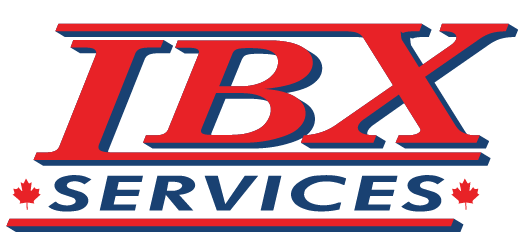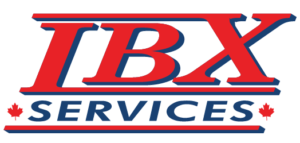What is Mold Growth?
Mold growth will always be a very difficult problem to deal with for people living in Canada.
Mold stains and mold spores can appear on any surface of our homes and what we can do is identify the affected areas and find a drastic solution to eliminate them. DIY techniques may seem very trustworthy at the first sight but they will no longer be as mold will continue to grow. Specialized help is necessary for these risky situations.
When mold is permitted to spread past its original boundaries, mold growth happens. Because more spores are generated by new mold as it grows, mold growth can be exponential. The cycle can go on until every surface that will support the mold development is totally covered.
Controlling mold growth is crucial for corrosion, aesthetics, and health reasons. This can lead to serious breathing problems in those who are allergic to mold or who have delicate respiratory systems.
Where can Mold grow?
Porous surfaces and crawl spaces are more likely to be exposed and become very infectious so people unintentionally tend to be exposed as well to mold infestation.
The monitoring of moisture and humidity is crucial. You can monitor the humidity levels in your house with a hygrometer and take action before mold spores have a chance to spread. Moreover, mold in an air conditioner is a fairly typical home problem, and the concerning aspect is that it can go unnoticed for a very long time. A few warning indications include musty smells, black dust, and some physical symptoms including an astringent cough that won’t stop and itchy or irritated skin.
How is Mold classified?
Mold can be classified into three classifications based on the condition such as :
- Standard, known as Condition 1, where no visible mold can be detected
- Elevated, known as Condition 2, where non-visible mold can occur
- Also Elevated, known as Condition 3, where mold is now visible
What is the best way to eliminate mold?
Many people may think that traditional household ways such as using baking soda on surfaces, scrubbing areas, anti-fungal sprays which contain a very small percentage of hydrogen peroxide, bleach products or even using damp towels to remove it, will give them a rapid result. Unfortunately, none of them is effective and mold growth can be beyond overwhelming if we don’t move appropriately.
In difficult situations what we can do is refer our problem to specialized and well-trained mold remediators who have the ability to help us get rid of mold.
When it comes to mold problems, IBX Services professionals, who offer great assistance to hundreds of people across Toronto with their professional intervention, can give an instant examination based on the property’s condition and make moldy areas disappear.
How safe can DIY Techniques for Mold Removal be?
Over the years, various DIY techniques such as mold kits have been invented to prevent mold and have given us the ability to purchase them easily and perform tests on various surfaces. However, IBX Services specialists firmly believe that people are not able to identify where mold spores are spread with bare eyes. As a result, the environment tends to become unhealthy for them.
Why choose IBX Services for Mold Removal Services?
Similarly, removal products should not be used by people who do not know their actual usage and do not have any knowledge about the health consequences that are going to occur.
That’s why certified mold removal experts are mandatory for doing this risky job! If you ever doubt mold in your property and you are unsure of what your next step is going to be then feel free to contact IBX Services at (416) 252-5959 as you will receive detailed oriented instructions. We are among the most trustworthy and reliable mold repair businesses in Canada. We react quickly because we are aware of the anxiety and inconvenience that mold contamination can cause.


